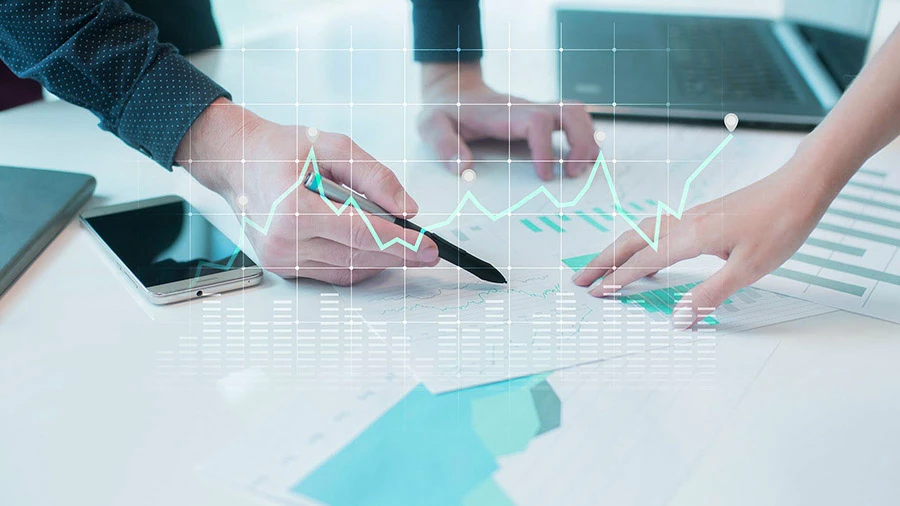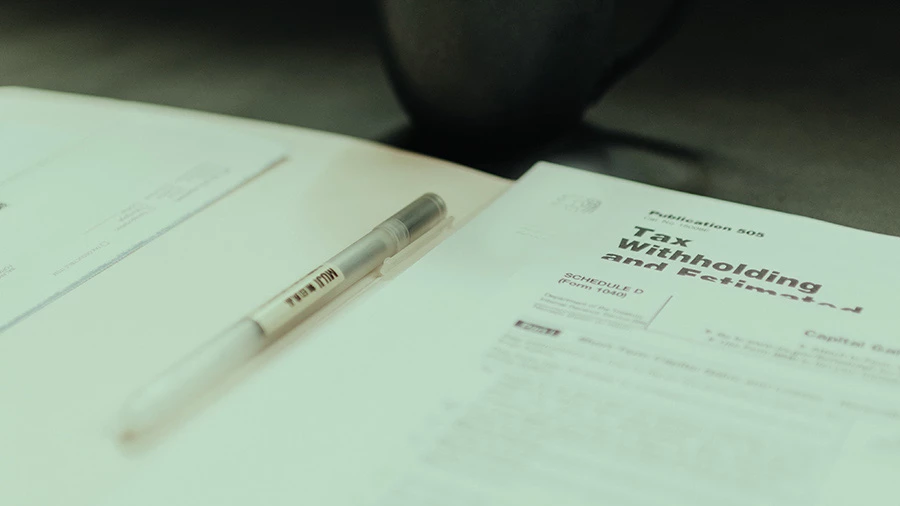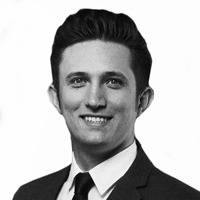China has promulgated a series of regulations to reduce import-export taxes and duties to promote a higher level of openness and domestic consumption. These changes could affect companies that import and export taxable goods and services to China.
Governing this intricate system is a central list of general principles for foreign companies to abide by. Below, we explain the three types of taxes applicable to companies importing products from or exporting products to China – Value-added tax (VAT), consumption tax (CT), and customs duties, and outline the most significant issues relating to these taxes and duties that foreign companies should take note of.
Trumps 2.0 import tariffs
In April 2025, the United States significantly escalated its trade measures against China by imposing a 145 percent tariff on Chinese imports, citing national security concerns and alleged unfair trade practices. This move marked a substantial increase from the previous 20 percent tariff rate. In retaliation, China raised its tariffs on U.S. goods to 125 percent, intensifying the trade conflict between the two nations. These developments have profound implications for businesses engaged in U.S.-China trade, affecting supply chains, pricing strategies, and market dynamics. Stakeholders are advised to closely monitor these changes and assess their impact on operations and compliance requirements.
Value Added Tax for Imports and Exports
Import VAT
Goods
The import of goods is subject to import VAT, which is supervised and collected by local customs at the time of customs declaration. Entities or individuals importing goods – usually the consignee of the imported goods – are considered import VAT payers. The amount of import taxes and customs duty payable is calculated based on the price or value of the imported goods. This value is called the duty-paying value (DPV). Import VAT is deductible from output VAT paid when selling the products after import.
VAT= COMPOSITE ASSESSABLE PRICE x VAT RATE
COMPOSITE ASSESSABLE PRICE= DUTY-PAYING VALUE + IMPORT DUTY + CONSUMPTION TAX
Services
Foreign entities or individuals providing taxable services are subject to VAT, with some exceptions:
- The taxable service provided to Chinese entities or individuals is consumed completely outside of China (e.g., equipment rented and used outside of China for an overseas project of a Chinese company);
- The intangible property provided to Chinese entities or individuals is consumed completely outside of China;
- The tangible property leased to Chinese entities or individuals is only used outside of China; or
- Other circumstances specified by the MOFCOM and SAT.
Export VAT refunds
An “export VAT refund” refers to a refund of part or all of the VAT already paid on export goods and are subject to zero rate VAT, meaning VAT will not incur during export, and the VAT paid when manufacturing the export goods domestically is refundable.
There are two ways of obtaining VAT exemption and rebate benefits:
- Exemption, credit, and refund method (ECR method); and
- Exemption and refund method (ER method).
ECR method
The ECR method is applicable only to production enterprises qualified as general taxpayers (no credit and refund is available for small-scale taxpayers). An exemption means that goods that are exported by production enterprises either directly or on consignment through foreign trade companies are exempt from output VAT.
Credit means that for enterprises whose self-produced goods are both exported and sold domestically, the input VAT credit on materials purchased for the production of export goods is offset against the output VAT on domestic sales.
Refund means that after offsetting the input VAT against the VAT payable, a certain excess amount of input VAT is refundable when the criteria are met.
The refundable and offsetting process involves a series of complex calculations, including VAT rates, refundable rates, and the formation of VAT input amounts, which must be assessed against specific criteria when submitting a refund application.
Generally, the refundable portion is based on a comparison among the input VAT, VAT payable and a calculated amount of tax exemption, credit or rebate derived from export.
ER method
The ER method is applied to the export of goods or services by export enterprises or other enterprises with no manufacturing capabilities. Under the ER method, the output VAT of the exported goods is exempted, and a certain portion of the input VAT is refundable but not creditable.
Under STA Announcement [2025] No.17, export VAT refunds will be verified using the exporter’s real-name declaration data. Refund claims must align with customs declaration and foreign exchange settlement records. Enterprises using entrusted export or trading agent models must ensure that the declared exporter in the tax system matches the customs data to avoid refund rejection or reclassification of export income.
New export tax declaration rules (Effective October 1, 2025)
On July 7, 2025, China’s State Administration of Taxation (STA) issued Announcement [2025] No.17, introducing new requirements for real-name tax declarations in export transactions. The new rules strengthen coordination between customs, tax, and foreign exchange systems to prevent false exports and misuse of third-party export documents. Exporters must now classify and declare export income according to transaction type:
-
Self-operated exports — Export enterprises declare their own export income.
-
Entrusted exports — The actual producer (entrusting party) declares export income; the trading agent only reports service fees.
-
Agent exporters — Must report transaction-level data (actual exporter name, Unified Social Credit Code, and export value).
Missing or incorrect data will result in the export being treated as self-operated, making the agent fully liable for CIT and VAT obligations. This reform effectively ends the practice of “borrowing export documents” and aligns export VAT refunds with verified customs data.
Exporters should review internal documentation processes, ensure consistency between customs, tax, and foreign exchange filings, and prepare for more stringent refund verification procedures under the updated framework.
Consumption tax for imported goods
China’s consumption tax (CT) is imposed on companies and organizations that manufacture and import taxable products, process taxable products under consignment, or sell taxable products.
Imported products taxable under China’s consumption tax include those that are harmful to one’s health, like tobacco or alcohol, luxury goods like jewelry and cosmetics, and high-end products, such as passenger cars and motorcycles.
For imported goods, the consumption tax rate varies depending on the type of product being brought into the country.
Calculating consumption tax can be done by using either the ad valorem method, the quantity-based method, or the compound tax method. The formulas to compute the consumption tax are as follows:
- Ad valorem method
Consumption Tax Payable = [(Dutiable Value + Duty Amount) ÷ (1- Proportional Consumption Tax Rate)] × Proportional Consumption Tax Rate
- Quantity-based method
Consumption Tax Payable = Taxable Sales Quantity × Tax Amount per Unit
- Compound tax method
Consumption Tax Payable = Taxable Sales Amount × Tax Rate + Taxable Sales Quantity × Tax Amount per Unit
Customs Duties
Customs duties include import duties and export duties, which are computed either on an ad valorem basis or quantity basis.
Import duties
Import duty rates on import goods consist of:
- Most-favored-nation (MFN) duty rates;
- Conventional duty rates;
- Special preferential duty rates;
- General duty rates;
- Tariff rates for quota items; and
- Provisional duty rates.
Among others, MFN duty rates are the most commonly adopted import duty rates. They are much lower than the general rates which apply to non-MFN nations.
The amount of import taxes and customs duty payable is calculated based on the price or value of the imported goods. This value is called the duty-paying value (DPV). DPV is determined based on the transacted price of the goods.
Import taxes and duties can be calculated after determining the DPV and the tax and tariff rates of the goods. The formulae are:
Ad valorem basis:
DUTY PAYABLE = DPV X TARIFF RATE
Quantity-based:
DUTY PAYABLE = QUANTITY OF IMPORTED GOODS X AMOUNT OF DUTY PER UNIT
Compound formula:
DUTY PAYABLE = DPV X TARIFF RATE + QUANTITY OF IMPORTED GOODS X AMOUNT OF DUTY PER UNIT
Export duties
Export duties are only imposed on a few resource products and semi-manufactured goods. China imposed export duties on , including lead ores and concentrates, non-alloy aluminum strips, benzene, etc. The tax base for export duties is the same as import duties, i.e. the DPV. The DPV for export duties is based on the transaction price, i.e. the lump sum price receivable by the domestic seller exporting the goods to the buyer. Export duties, freight-related expenses, insurance fees after loading at the export spot, and commissions borne by the seller are excluded.
Cross-border e-commerce tax policies
China offers preferential tax treatment for CBEC transactions to support evolving trade models. Goods listed on the CBEC positive list qualify for duty-free treatment under certain conditions. Import VAT and Consumption Tax are calculated at 70 percent of the standard rate within specified transaction limits.
China continues to expand its CBEC import pilot zones and optimize supervision under the Announcement on Further Facilitating CBEC Trade (2025). Authorities are exploring dynamic adjustments to the positive list and expanding eligibility for duty reduction to new consumer categories such as renewable energy devices and smart home electronics. Importers should monitor updates at the local customs level for applicable CBEC preferential tax treatment.
CBEC duty-free quotas
- Single transaction limit: Increased from RMB 2,000 to RMB 5,000
- Annual personal limit: Increased from RMB 20,000 to RMB 26,000
If transactions exceed these limits, full import taxes—including tariffs, VAT, and consumption tax—apply. Transactions between RMB 5,000 and RMB 26,000 may still be processed via CBEC but are subject to full taxation.
Parcel tax for mailed and CBEC goods
For goods sent via mail or imported through CBEC without complete electronic transaction records, a parcel tax applies. This tax is tiered based on product category:
|
Parcel Tax Rates* |
||
|
Category |
Items |
Tax Rate (%) |
|
1 |
Books and newspapers, publications, and audio-visual resources for education purposes; computers, video camcorders, and information technology products such as digital cameras; food and beverages; bullion; furniture; toys, game products, and festive or other entertainment goods; drugs** |
13 |
|
2 |
Sports goods (excluding golf balls and equipment) and fishing goods; textiles and finished products thereof; television cameras and other electrical appliances; bicycles; other goods not included in tax categories 1 and 3 |
20 |
|
3*** |
Tobacco and alcohol; precious jewelry, jade and stones; golf balls and equipment; luxury watches; high-end cosmetics |
50 |
|
The tax rates in this table took effect on April 9, 2019. |
||










